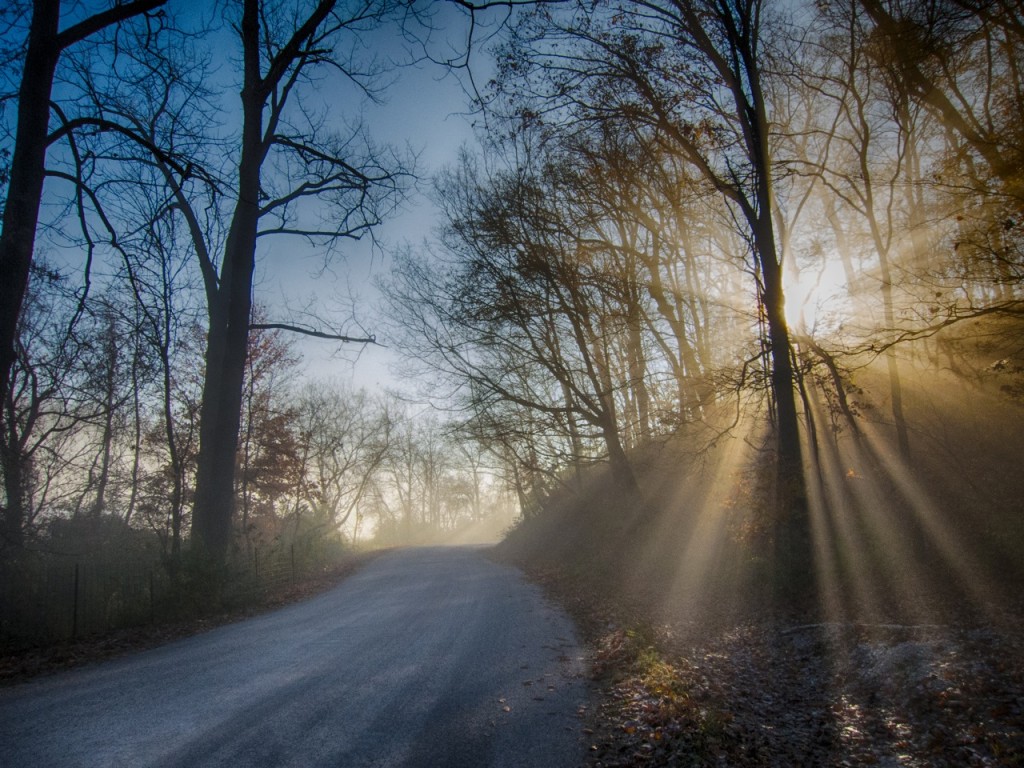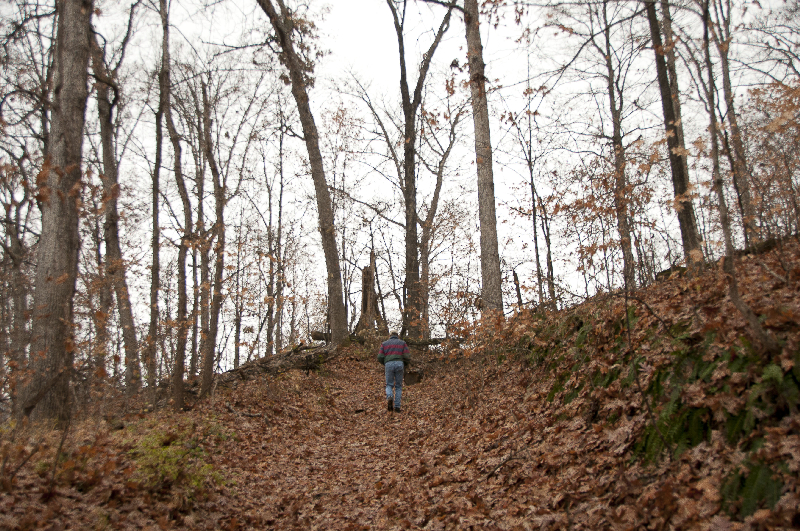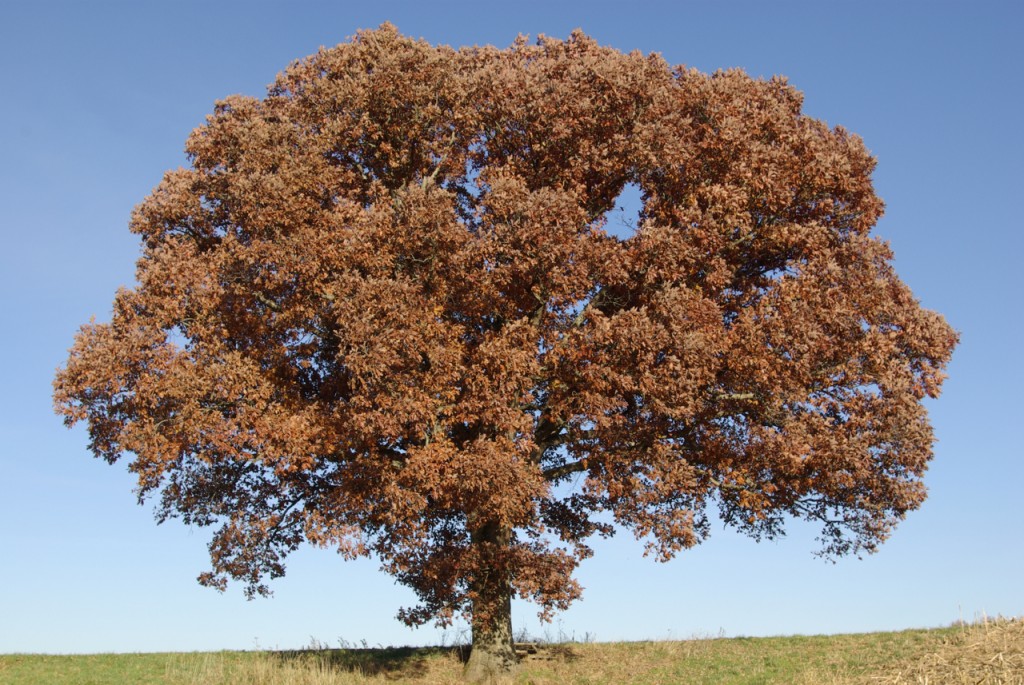North American Trees Have Shaped Our Landscape And The Nation’s Fortunes

Morning light breaks through the woodlands along a Monroe County hollow. Photo courtesy Tom Rollins, ThomasRollinsPhotography.com
North America’s constellation of trees is the grandest of all the temperate zones on earth, and, in some ways, the grandest anywhere. It has the tallest and mightiest trees; it boasts so many kinds that there is no one who can say that they have seen them all or could name each one on sight. North America still has the densest stands of merchantable timber in the world.
When the first Europeans came to our shores, our virgin forests, stretching from ocean to ocean and from arctic strand to tropic, staggered the belief.
Not in historic times have a great people and a great forest met in so tense a drama. That drama had all the elements of a Greek tragedy because it was the inevitable collision of destined forces. The forests of America brought out of us, as fate will do, both our best and worst; they molded us, exposed us, and determined what we could become.
First the trees were barriers and potential ambush sites. Then they became blockhouses and cabins, gunstocks and cradles, wagon wheels and railway ties, airplane parts and baseball bats. They remain our greatest renewable resource, and with our continuing technological ingenuity and craftsmanship, trees can claim to be the most versatile and beneficial of all of our crops.
And trees always have been, and will be, beauty and peace to us. They are the best we have left of wilderness, and they witness our finest moments, with trees still standing who could tell us how Boone and Lincoln, or Lewis and Clark took shelter beneath them, or laid a hand on their bole while resting.
Trees and we are wondrously companionable. When you have learned their names, they say them back to you and speak of your own past experiences with them. Almost every tree in our blufflands has made history, or witnessed it, or entered into our folkways, or usefully has become a part of our daily life. As Aldo Leopold profoundly noted: “we travel the milky way together, trees and mankind.”
For those unmoved by valuation based on the utility of timber, beauty of woodlands, or our shared history, new research funded through the U.S. Forest Service shows that forests provide direct health benefits. A computer simulation study, published earlier this year, discloses that U.S. forests annually remove more than 17 million tons of air pollution, with the resultant health effects – including avoidance of acute respiratory illness, reduction in the worsening of bronchitis and asthma conditions, emergency room visits and hospitalizations, and lost work and school days – could be valued at nearly $7 billion dollars.
Today, we hardly think of Illinois as a forested state. But in pre-settlement times 41% of the state was wooded, with ribboned woodlands along rivers and streams, and huge chunks of forest in our neck of the woods and throughout southern Illinois. Monroe County in fact was 84% forest before European settlement. And, much forestland remains in our county; our river bluffs corridor constitutes one of the largest swathes of woods in the state.
About 160 species of native trees can be found in Illinois’ forests. And, of course, many non-native species have been introduced, with culprits like tree-of-heaven, autumn olive, mimosa, and even Bradford pear creeping into woodlands.
The wooded blufflands of Monroe County host about 75 species of native trees. Because each and every forest is a little bit different, with latitude and topography dictating what tree species can thrive, our bluffland forest has its own unique, one-of-a-kind composition.
Oak and hickory are our canopy dominant trees. But because of our rugged, karst terrain, black oak are numerous, sharing dominance with white and northern reds.
Our dry ridge tops are home to post, blackjack and chinquapin oaks.
Shagbark and pignut hickories are prevalent, but black hickory, rare throughout much of Illinois, constitutes a unique signature tree in our area, acting as sentinels overlooking our beautiful hill prairies and limestone glades. An even more unique denizen of our hill prairie and glade areas, wooly buckthorn, sometimes also called gum buckthorn, is found only in our area of the state and is considered state-threatened. These graceful small trees or shrubs, shaped by the wind, sun, and thin soils grow in bonsai-like form.

A walk through the quiet autumn woods of White Rock Nature Preserve. Photo courtesy Tom Rollins, ThomasRollinsPhotography.com
The canopy and mid-story are shared principally with hornbeams, basswood, hackberry, persimmon, hard maple, ironwood, and ash, with buckeyes and mulberry flourishing along creek sides and in wet ravines.
Our bluffland’s under-story is a precious sight to see in springtime, with dogwoods, redbuds, viburnums, serviceberry, spicebush, swamp holly and pawpaw in colorful bloom. It is an annual and pleasant reminder that the trees in our forest are a treasured resource for us and for generations to come.
If you are interested in learning more about the trees in our forest, Clifftop is hosting a field trip at White Rock Nature Preserve on Saturday, November 8th, 2015, from 10 AM to 2 PM. The Illinois Department of Natural Resource’s District Forester, Mark Brown, will lead the trip and show how to tell a tree’s species by tree bark identification. The field trip is free and open to the public. Field trip participants should dress for the weather, wear sturdy boots and bring drinking water and a light lunch or snack for themselves. Reservations are required by November 6th at clifftop@htc.net or 458-4674.
CLIFFTOP, a local nonprofit organization, is focused on preserving and protecting area bluff lands.
A version of this article appeared in the 17 October 2014 edition of the Monroe County Independent.
© 2014 all content rights reserved Clifftop NFP
Comments are currently closed.

